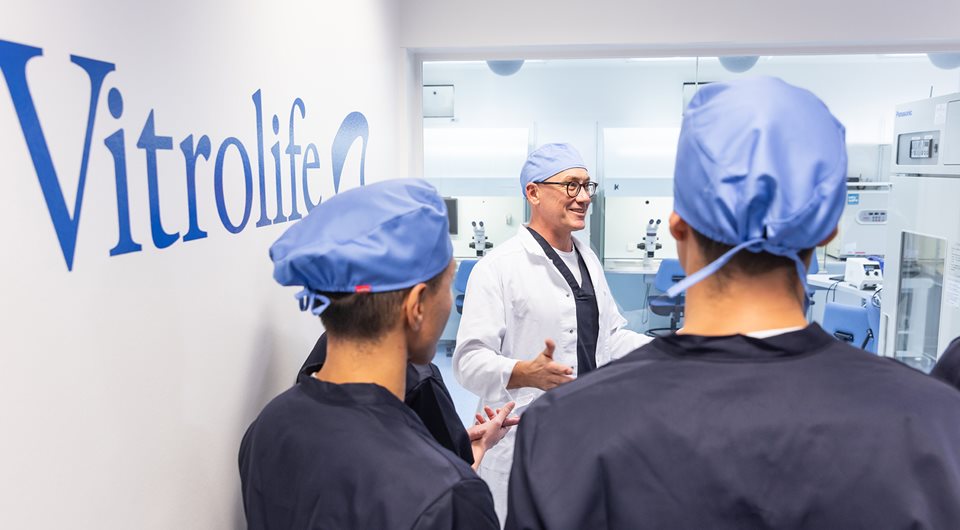Educational material
Do you need support in how to use our products? Or do you want to increase your knowledge within IVF? Here we have gathered:
- Webinars
- Instruction videos
- White papers
- Scientific summaries
- Educational presentations
- Blog posts and much more
Explore our educational material per step below.
